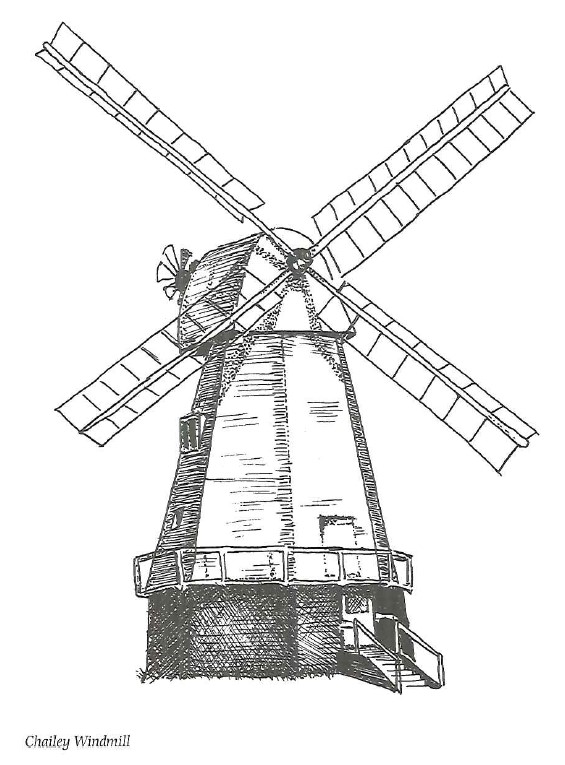The Americans are a rare breed when it comes to souvenirs. Even so, it must have come as a shock to the parochial church council when the Yanks tried to buy St Margaret’s church in the 1940s. Because of the village’s associations with Rudyard Kipling (and the fact that Kipling had an American wife) they wanted to dismantle it, stone by stone, ship it across the Atlantic and re-erect it at the Forest Lawns Cemetery in San Francisco.
Their request was politely refused and so a compromise was reached. The Americans built an exact (from the outside) replica in California and called it the Church of the Recessional, after Kipling’s famous poem.
The Rottingdean version of the building is supposed to have been the scene of a grim massacre in 1377 when French pirates landed here. Some of the villagers took shelter in the church tower, and they all perished when the French set fire to it. The tale accounts for the reddish tinges, caused by the extreme heat, which can still be seen on the building today.
The famous have given Rottingdean a veneer of respectability which belies its reputation in the old days as a smuggling hotbed. Sir Edward Burne-Jones, Kipling (who left because the sightseers got on his nerves), Stanley Baldwin, William Blake, William Watson and William Nicolson … artists, writers, poets and statesmen all have their links with the village, and it developed something of an exclusive’ tag as a popular watering hole for convalescents and invalids in the latter years of the 19th century.
This led to a surge of development (it was the first place in Sussex to have electric light) though something of the jaunty air of a fishing village still remains. To be a Rottendeaner you have to be third generation born there – or so you will be told by the true Rottendeaners’, proud that their ancestors were in the village long before it was discovered by the rich and the renowned in Victorian times.
There used to be a saying that Rottingdean donkeys never brayed in daylight. They were too tired after being worked all night by the smugglers, who included Captain Dunk, a butcher who lived at Whipping Post House, and the Rev Thomas Hooker, who acted as lookout man in addition to his role as vicar from 1792 to 1838.
Contraband did not just come in through the village, it went out as well. This smuggling in reverse – illegal exporting rather than importing – was highly lucrative in the 18th century when a Protectionist policy forbade the export of sheep or wool. Those that practised it were called fowlers’, and one Thomas Green was the leader of the successful gang of exponents here.
